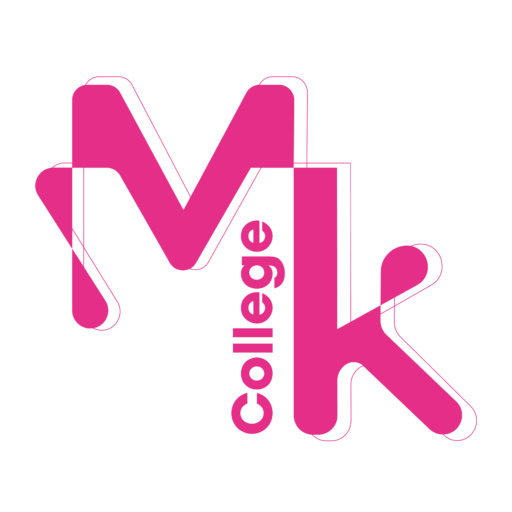How you can nail your professional CV
Writing a CV can seem a bit scary and daunting, especially if there’s a big job that you’re going for or you’ve decided to change your career direction, for example. There isn’t a one-size-fits-all solution for the perfect CV, but it should be clear, concise, and tailored to the role that you’re applying for.
TIP 1: Match the layout to the type of job you’re applying for
There are multiple different CV styles that you can use, but use the style that best matches the role that you’re applying for.
- Chronological CV – lists your work and education history, starting with the most recent as mentioned in tip 2. This type of CV is good to show your career progression.
- Technical/skills-based CV – emphasises your job-related skills as well as your personal qualities. This type of CV is used in professions such as engineering or IT, highlighting the skills that you have that are needed within the industry.
- Creative CV – this type of CV is best used when applying for a job within the creative and digital sector, for example in marketing or graphic design. This type of CV can include colour, could link off to an online portfolio, and can contain video or infographics.
TIP 2: Order is important
List your education and employment (or work experience/voluntary work if you are applying for your first job) in reverse chronological order so that your most recent experience is read first.
TIP 3: Contact details
We recommend that you put your name and contact details at the top of the first page where it’s clearly visible – the company needs to get hold of you if they would like to invite you into an interview. Make sure that all the details are correct, otherwise, you could be missing out on a fantastic opportunity.
TIP 4: Leave off some personal details
Don’t include your age, gender, marital status, or nationality when creating your CV. These personal details do not affect your ability to succeed at a new job. By leaving off this information, recruiters and hiring managers will focus on your relevant qualifications and start reading about your professional experience and training right away.
TIP 5: Don’t ignore the gaps
If you have gaps in your work history, for example, if you have previously been made redundant, went traveling, or started a family, make sure you address it and give examples of the skills that you’ve developed during this period of being away from work. There’s nothing wrong with gaps in your work history, but don’t leave it up to your potential employer’s imagination.
TIP 6: Adapt where necessary
Have a generic CV, however, make sure you change it to meet the requirements of each job you apply for, drawing out different aspects of your experience to fit with the role.
TIP 7: Cut it down
Make sure that your CV is no more than 2 sides of A4. Employers might have to read through hundreds of CVs, so it’s a good idea to keep yours to the point. They don’t want your whole life story!
TIP 8: Check, and then check again
Always make sure that you get your CV proofed by at least one other person after proofing it yourself to make sure there are no spelling or grammatical errors. It’s the last chance you’ll have to catch any mistakes before a potential employer reads it.
If feel like you need further guidance with your CV, visit our Careers Advice page here.
